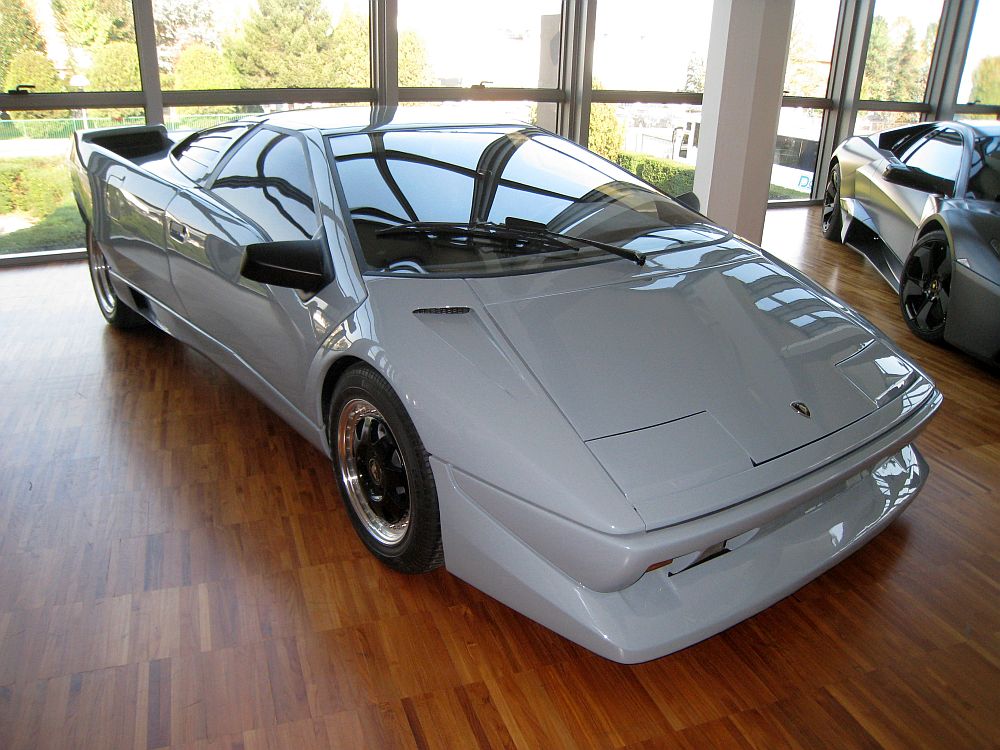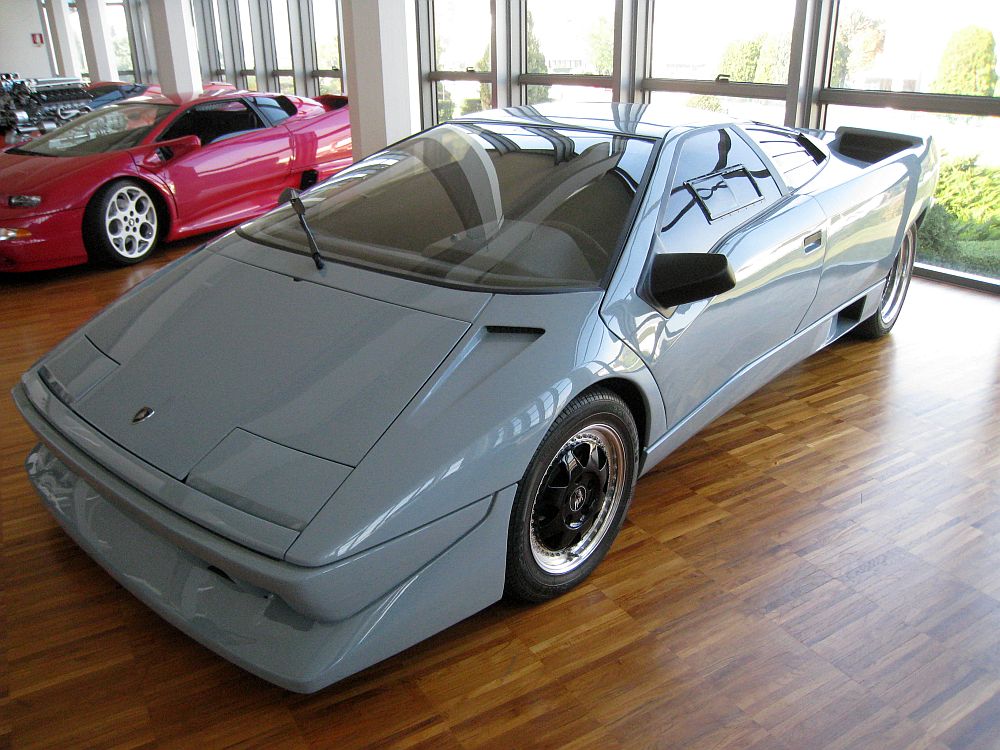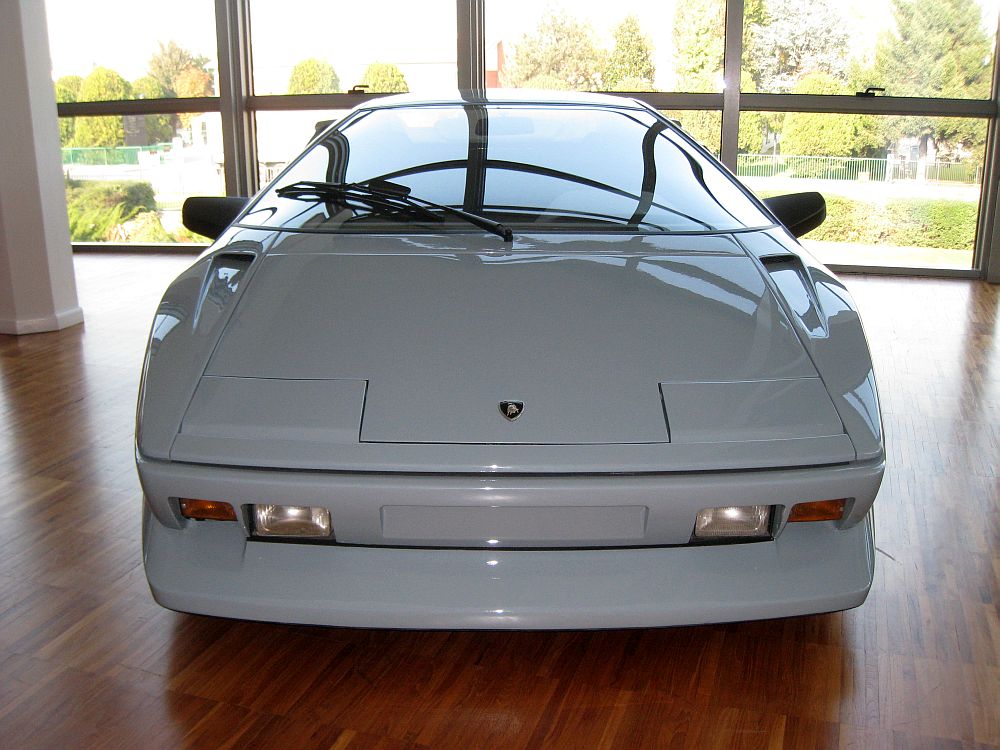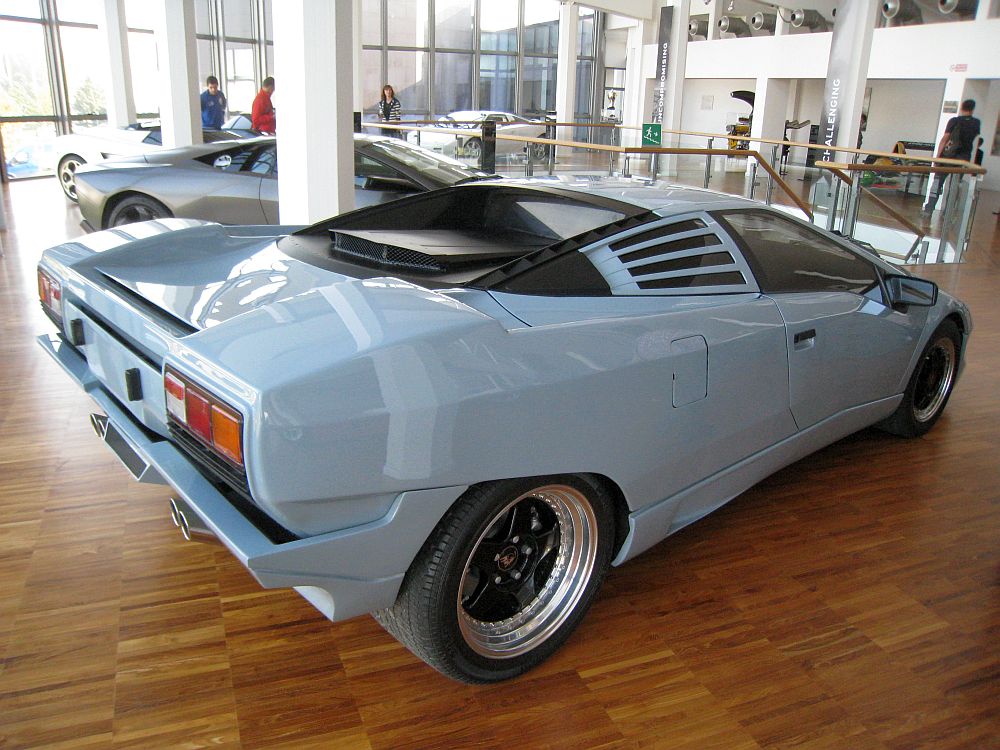Description
The Lamborghini P132 was the internal development project that would ultimately give birth to one of the most important cars in Lamborghini’s history: the Lamborghini Diablo. Conceived in the mid-1980s as a successor to the Countach, the P132 program represented Lamborghini’s ambition to redefine the supercar for a new generation—combining the raw performance and exotic appeal of its predecessors with greater comfort, refinement, and engineering sophistication. Although the name “P132” never appeared on a finished production car, it marks a crucial chapter in Lamborghini’s evolution and the blueprint for its first 200-mph road car.
By the mid-1980s, the Countach had been in production for over a decade and, while still spectacular, it was showing its age. Lamborghini needed a new flagship to compete with emerging rivals such as the Ferrari F40, Porsche 959, and Jaguar XJ220. Work on the new model began in 1985 under the project code P132, overseen by Lamborghini’s engineering team at Sant’Agata Bolognese and led by chief engineer Luigi Marmiroli. The goal was ambitious: to create a car that would surpass the Countach in every measurable way—faster, more aerodynamic, more stable at high speeds, and yet more refined and usable as a grand tourer.
At the heart of the P132 project was a new evolution of Lamborghini’s legendary V12 engine. The existing 5.2-litre, 48-valve unit from the Countach Quattrovalvole was re-engineered for greater power and smoother delivery. It was mated to a five-speed manual transmission and designed to produce around 485 horsepower—sufficient to propel the car beyond the coveted 320 km/h (200 mph) barrier. The engine’s placement remained longitudinal and mid-mounted, preserving the balance and handling characteristics that had defined Lamborghini’s V12 lineage.
The chassis was an evolution of the Countach’s tubular steel spaceframe, but with significant improvements in rigidity, geometry, and weight distribution. Engineers focused on reducing the car’s polar moment of inertia to make it more responsive, while also working on improving ride comfort and high-speed stability. The suspension featured unequal-length double wishbones with coil springs and Koni dampers, while the braking system used large ventilated discs designed to cope with the car’s increased performance.
For the body design, Lamborghini once again turned to Marcello Gandini—the visionary behind both the Miura and Countach. Gandini’s initial sketches for the P132 retained the angular, aggressive stance that had become his trademark but introduced smoother aerodynamic surfaces, a lower drag coefficient, and a more muscular, planted appearance. The early prototypes were characterized by their wedge-like silhouette, wide stance, and large rear haunches that hinted at the immense power beneath the skin.
However, during the later stages of development, Lamborghini was acquired by Chrysler Corporation in 1987. The new American management wanted to refine the design to make it more appealing to a global audience. Chrysler’s design studios in Detroit softened some of Gandini’s most extreme edges, smoothing the front and rear fascias and refining the proportions to achieve better aerodynamic performance. While Gandini’s original design was raw and aggressive, the final version—introduced to the world in 1990 as the Lamborghini Diablo—balanced visual drama with a newfound sense of elegance and cohesion.
Prototypes built under the P132 designation played a vital role in developing the Diablo’s engineering foundations. These pre-production cars were extensively tested in Italy, the United States, and Germany, where they underwent aerodynamic tuning, chassis calibration, and endurance trials. Early test mules were fitted with developmental bodywork that varied from crude fiberglass mock-ups to fully finished Gandini-styled shells. The prototypes confirmed that the car could achieve the intended 200 mph target, with final versions exceeding 325 km/h (202 mph).
Internally, Lamborghini engineers also experimented with different driveline configurations under the P132 program, including rear-wheel-drive and all-wheel-drive layouts. This experimentation led to the later Diablo VT (Viscous Traction), which introduced Lamborghini’s first all-wheel-drive system in a mid-engine V12 car. The groundwork laid by the P132 program thus extended far beyond the initial Diablo—it helped shape the technical direction of Lamborghini’s flagship models for decades to come.
Although the P132 never appeared as a production model, its importance cannot be overstated. It represented a transition from the analog brutality of the Countach era to the more sophisticated, high-performance grand tourers that would define Lamborghini in the 1990s and beyond. It was also the first Lamborghini project to integrate advanced computer-aided design and aerodynamic simulation, signaling a new era of engineering precision for the company.
Today, surviving P132 prototypes are considered invaluable pieces of Lamborghini history. They embody the moment when the company modernized without losing its soul—a rare fusion of Italian passion and evolving global ambition. The P132 was not just a prototype; it was a turning point, the car that bridged the past and the future.
The Lamborghini P132 laid the foundation for the Diablo’s success, introducing a blend of ferocity, refinement, and technical excellence that would carry the brand into the modern supercar age. It stands as a reminder of Lamborghini’s resilience and creativity—a car born in a time of uncertainty that would ultimately define the company’s identity for the decade that followed.






